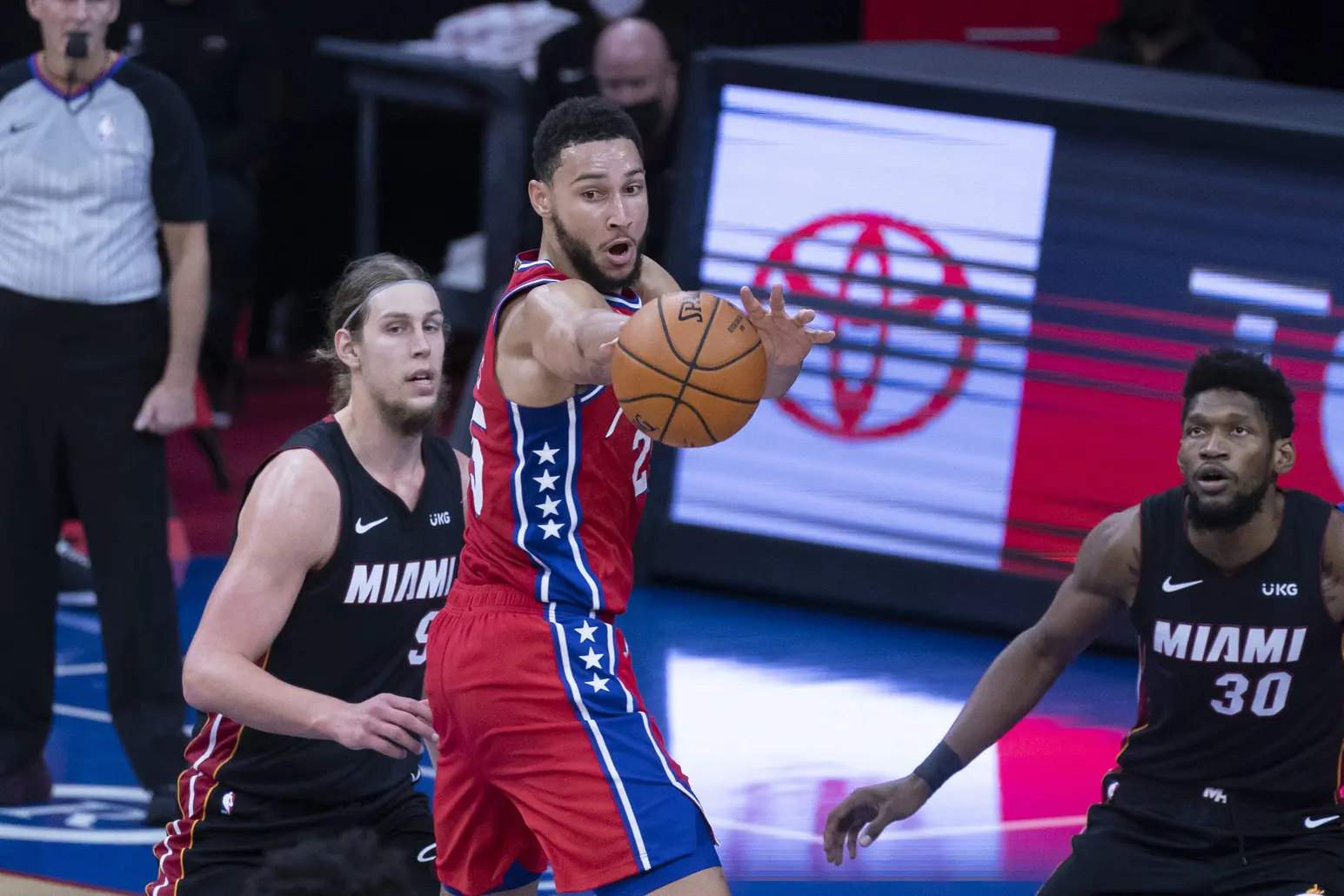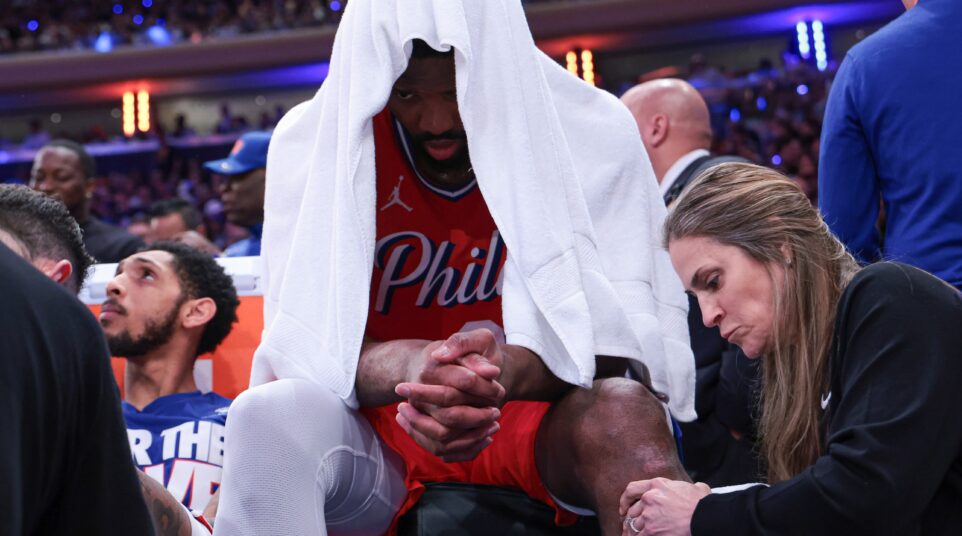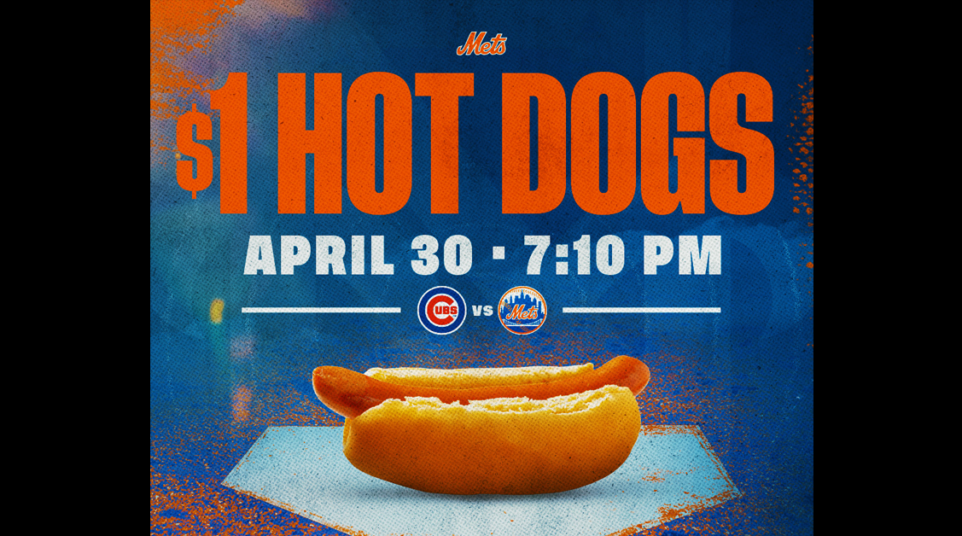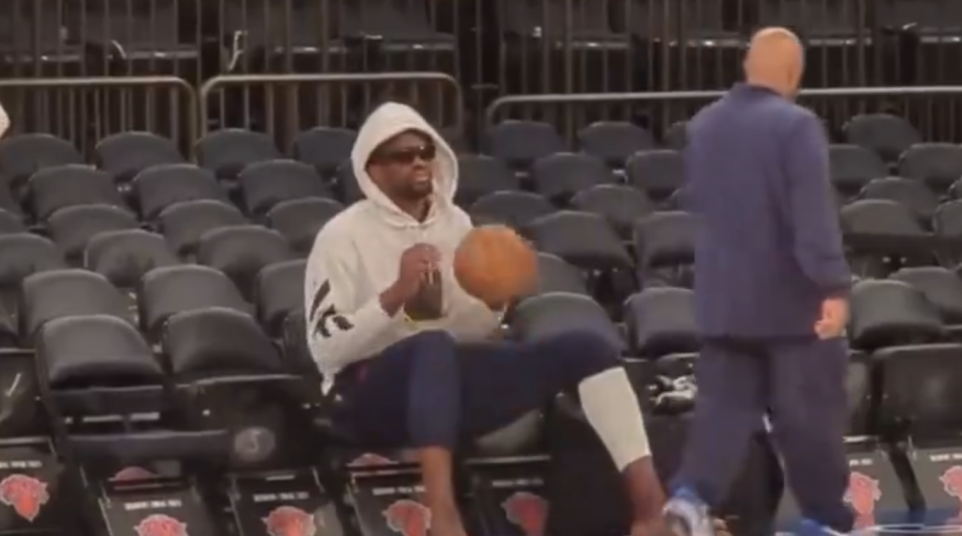
On Ben Simmons and Statistics: How Much Does a Triple-Double Really Matter?
On Sunday, Howard Eskin laid down the gauntlet.
The King appeared to be issuing a CHALLENGE to 76ers General Manager Daryl Morey, and though I’m not exactly sure what the parameters entail, here’s the tweet for your interpretation:
Irrelevant numbers in todays NBA with assists given differently and more freely than when the others played. The numbers for Simmons are soft. You had the chance to trade him. So Daryl are you ready for my challenge of you thinking Ben has good chance for MVP. $5000 for charity. https://t.co/7PaIlxUJSF
— Howard Eskin (@howardeskin) January 17, 2021
Howard is basically saying that triple-doubles are overrated, and while he’s had it out for Ben Simmons from day one, here he’s stumbling ass backwards into a somewhat-relevant point.
We’ve had this discussion in the past, but it’s worth revisiting, because people tend to place a lot of value in triple-doubles without necessarily thinking about how they’re earned. At surface level, you’d say guys who post something like 14, 10, and 10 are contributing to their team in a variety of ways, which makes their contribution valuable.
That’s true, to an extent, but when you take a closer look at triple-doubles, you have to consider the individual worth of each data unit, because some pieces are legit are some are not.
For instance, Ben Simmons is a guy who pushes the pace and handles the ball, and as such, he grabs a lot of uncontested rebounds.
Rebounds like this:
There’s no statistical value in that.
That’s an uncontested defensive rebound with no opponent even close to the paint, yet it counts just the same as a contested defensive rebound or a tough board on the offensive glass. On a nightly basis, you’ll find that Ben grabs a couple of these and then begins to run the ball up the floor, by design.
It’s similar in the sense that:
Sometimes assists don’t check out, either
We’ve seen a ton of amazing passes from Simmons over the years. You could put together an hour-long reel of needle-threading and cross-court lasers if you really wanted to.
Assists, however, have the same situationally-dependent value.
For instance, when Ben collapses a defense, kicks the ball out, and finds a wide-open Seth Curry in the corner, that type of play carries a lot of weight. He’s really good at this, and on a nightly basis generates myriad open looks for his teammates.
But when a guy takes a dribble or two and pulls up, or Simmons simply just dumps the ball off to a trailing teammate, there’s less value.
Plays like this are a good example:
Simmons gets an assist for that, when all he’s doing is just handing the ball to Isaiah Joe, who comes around a stagger, takes two dribbles, and then pulls up for a three pointer.
You see how an assist like this is much less impressive than some of the other passes we see Ben throw.
The thing with Simmons is there’s a lot of nuance to his game, stuff that requires you to pay closer attention. It’s very easy for the casual NBA fan to say, “wow what an amazing clutch shot!” versus watching how a 24-year-old, 6’10” ball handler runs the floor or picks out passes or plays elite perimeter defense. Ben’s game has more layers to it, which is why a lot of his supporters will justifiably dig into advanced analytics and use specific video clips to argue their case. Detractors can’t get past the fact that he doesn’t shoot the ball. It’s a fascinating individual case study.
As a brief exercise, say that each rebound, assist, and point counts for one “unit” of production in an NBA game. Considering what I wrote above, look at these four statistical lines:
- 30 points, 0 rebounds, 0 assists
- 20 points, 0 rebounds, 10 assists
- 20 points, 10 rebounds, 0 assists
- 10 points, 10 rebounds, 10 assists
Which one of those lines is most impressive? Option four certainly looks the most balanced, right?
But what if three of those rebounds are uncontested on the defensive end? What if two of the assists are just dumping the ball off for trailing three pointers? Ultimately, the value of point scoring is much more cut and dry, and more easily understood.
That’s why the base numbers are weird, because you just can’t take rebounds and assists at face value. Raw point scoring is much less nuanced, where the ball either goes in the basket or it doesn’t. For better understanding, we explore the efficiency with which a scorer reaches his totals. If a guy scores 20 points on 20 shots, that’s not very good. But likewise, when we look at triple-doubles, casual fans and media aren’t digging into effective field goal and true shooting percentage. They just see points in a very basic kind of way.
Likewise, triple-doubles don’t mean much of anything for some players, depending on their roles. It’s a stat for contemporary guards, ball handlers, and perimeter players. We would never expect Reggie Evans or Rudy Gobert or Steven Adams to ever dish out 10 assists in a game, so the triple-double as a statistic only matters for backcourt players and wings, primarily.
That’s about it. The triple-double is a nice stat, and it’s something we talk about frequently when discussing Ben’s game. But not all rebounds are the same. Not all assists are the same. We have to look closer to find the statistical value of each data unit.





